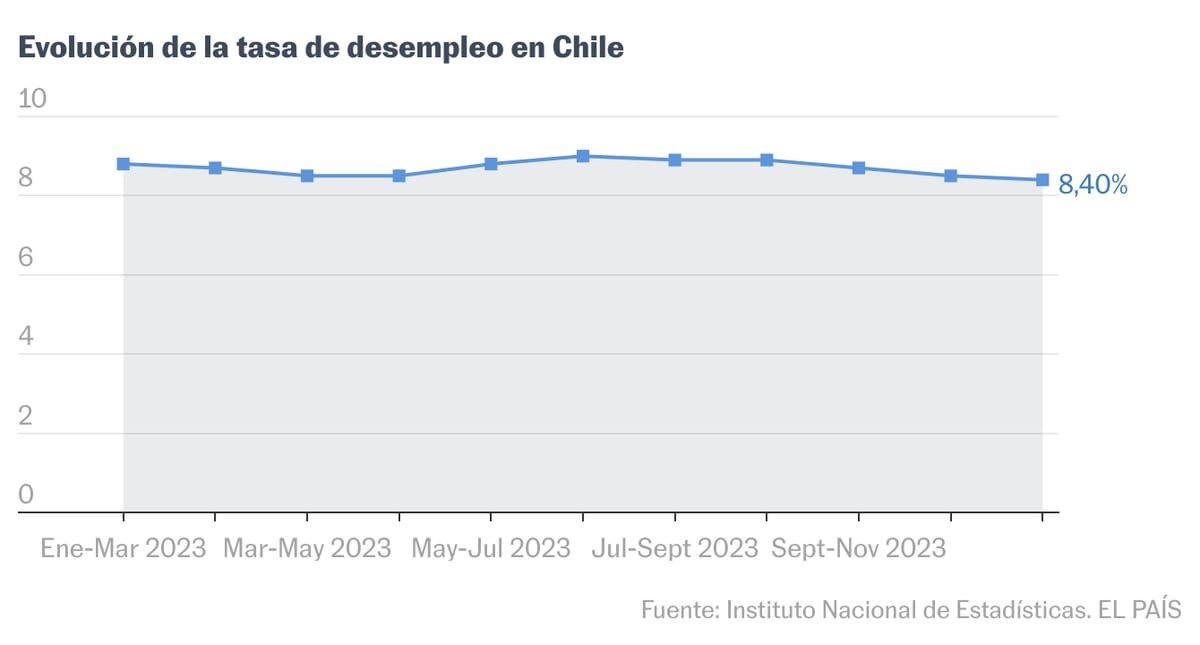Ministry of Labor and Welfare: An average of 16% of the population were not employed between March and December 2020 • The most affected population: ultra-Orthodox men • Academics were less affected by the crisis • Restaurant, tourism, art and culture industries suffered a blow • Full data
Branch of the Employment Bureau
Photo:
Joshua Joseph - Archive
The unemployment rate (including people in the IDF) in March-December 2020 averaged 16%, compared with 3.8% on the eve of the corona crisis, according to the Labor Market Report, published today (Thursday) by the Ministry of Labor and Welfare.
The unemployment rate between the closures in July-August 2020 was about 10%, and reflects to some extent the economic activity at a time of relative control of the plague and the beginning of the exit from the employment crisis.
The population group whose unemployment rate was highest in most months of the crisis were ultra-Orthodox men.
For example, during the second closure, the unemployment rate among ultra-Orthodox men was 20%, compared with 14% among non-ultra-Orthodox Jews.
Women were also hit harder in the closures.
The gender gap in the unemployment rate peaked at 11 percentage points in the first closure and 7 percentage points in the second closure.
However, between closures, when the economy was largely open, the unemployment rate of women and men was similar.
Graduates of practical training institutions were able to integrate
Looking by education, the unemployment rate was lower among educated workers.
The lowest unemployment rate was among graduates with 10% in the second closure and graduates of practical engineering and technicians with 14% in the second closure.
The highest figure was among those whose last educational institution was yeshiva or high school and stood at 19% in the second closure.
These data largely indicate the type of work in which graduates of the various institutions are integrated.
Thus graduates of academia and institutions for the training of practical engineers and technicians were more integrated in jobs that were defined as essential throughout the crisis or that were more convenient to perform remotely.
The areas in which employment has been hit the hardest are restaurants, tourism, art and culture.
In these occupations, the unemployment rate ranged from 21% to 69% in July-August, at a time when the economy had relatively few restrictions for the rest of the year.
The unemployment rate in the field of travel escorts, ticket agents and tour guides was the highest and stood at 69%.
Then there are controllers, practical engineers and technicians of vessels and aircraft with 60% unemployment.
During closures, an injury was added to occupations that involved receiving an audience, such as shop assistants and hair stylists.
47% work in a profession that allows work from home
Among the lightly injured occupations are workers such as software developers, and workers of vital systems such as teachers and doctors.
The unemployment rate of these workers was less than 5% when the economy was relatively open - July-August.
For example, the unemployment rate in the field of teachers in post-primary education was 5%;
Of accountants, financial advisers and investment advisers - 4.7%;
And of economists, sociologists, psychologists and social workers - 4.6%.
In contrast, the unemployment rate in the field of managers in the field of professional services was 1.9%.
The corona crisis has highlighted the gap between workers whose occupation and home infrastructure allow them to work from home and those who do not.
Examining the potential of working from home according to occupations in Israel, similar to the study conducted by Dingle and Neiman (2020), showed that 47% of workers in Israel are employed in a profession that allows work from home, higher than all OECD countries except Luxembourg and significantly higher than the OECD average of 38 %.
However, the actual rate of workers from home in the months of the second closure was lower.
The high rate of remote work potential relative to the OECD is due, among other things, to the relatively high rate of teaching staff and employees in the information technology industries, who can work from home.
In September-October 2020 27% of workers reported that they actually worked from home.
Work more than allowed by law
A survey initiated by the labor arm on the subject of labor norms illustrates the gaps between the law, labor norms in Israel and the needs of workers.
About a quarter of respondents testified that they work more often than permitted by law and 38% testified that they need more flexibility in working hours.
The proportion of employees who work more than the number of hours set by law according to a monthly wage is as follows: 43% of those who earn more than NIS 18,000 work more than the number of hours set by law, 29% of those who earn NIS 18,000-12,001, 26% of those who earn NIS 12,000-8,001, 17% of those who earn 8,000 NIS 5,001 and 11% who earn up to NIS 5,000.
According to Mordechai Elisha, the head of the labor arm: "The unemployment rate that has risen in the past year, especially among workers with low skills, requires a comprehensive investment in Israeli human capital, with an emphasis on strengthening vocational training and technological education and promoting targeted employment programs in populations outside the labor market."
"If we do not learn to reduce the skills gaps between the various population groups and the accessibility of different groups to training relevant to the labor market, many details will find themselves behind, and with them the whole economy will be affected," Roni Shenzer, senior director of strategy and policy planning for the labor arm, added.








/cloudfront-eu-central-1.images.arcpublishing.com/prisa/JHLX47SHC5CTZBAKK7AZFYX7WY.jpg)
